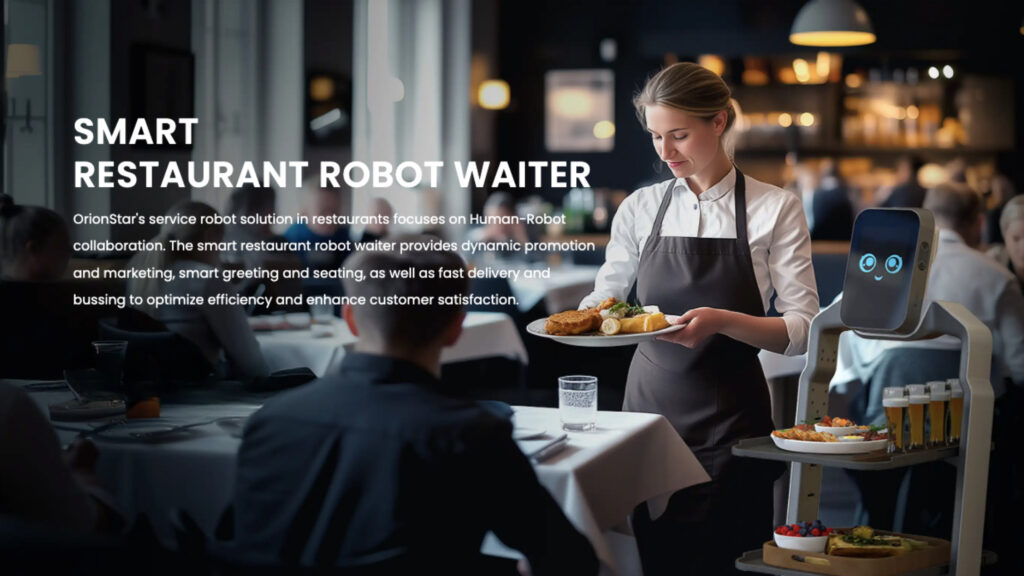How a Restaurant with Robots Is Improving Dining in the US?

Picture this: you walk into a restaurant, and instead of a human waiter, a sleek, AI-powered robot rolls up to your table with your food. It may sound like something from a sci-fi movie, but it’s already happening in restaurants across the U.S. The concept of robot-assisted dining is gaining serious traction—not just as a novelty, but as a smart, tech-driven response to evolving industry challenges.
Across the United States, more restaurants are integrating service robots to support staff, improve efficiency, and elevate the guest experience. These intelligent machines are not only capable of navigating busy dining areas and delivering meals but are also increasingly used in back-of-house roles like moving supplies and aiding kitchen operations.
What Are Robot Restaurants?
Robot restaurants are dining venues that deploy autonomous robots for various tasks, typically customer service and logistics. These robots are equipped with advanced sensors, AI-powered navigation, and voice recognition systems that allow them to maneuver safely and interact with guests.
A standout example is OrionStar’s LuckiBot. Designed for multitasking, it can guide customers to their tables, deliver dishes without spilling, and even collect used plates—all while avoiding obstacles and ensuring smooth service flow.
These robots don’t aim to replace humans completely. Instead, they assist by taking over repetitive or physically demanding duties, allowing staff to focus more on meaningful interactions with customers.
Why Are These Restaurants Gaining Popularity?
One major reason is the ongoing labor shortage in the hospitality industry. Many restaurants are struggling to find and retain staff, especially after the pandemic. Robots help bridge this gap by taking on routine tasks and maintaining service standards, even during peak hours.
Additionally, robots bring consistency and efficiency. They don’t call in sick, need breaks, or make service errors due to fatigue. This means orders are more accurate, wait times are shorter, and hygiene standards are easier to maintain with contactless food delivery.
For diners, especially families and younger guests, the novelty of being served by a robot adds an element of fun to the meal. It becomes a talking point—and often a reason to return.
Benefits and Challenges
Pros:
-
Reliable and consistent: Robots can operate nonstop without breaks or fatigue.
-
Cost-effective in the long run: Leasing models reduce upfront costs.
-
Error-free service: Machines follow precise instructions, improving accuracy.
-
Enhanced hygiene: Contactless service supports safety and cleanliness.
Cons:
-
Limited emotional connection: Robots can’t replicate human warmth or personalization.
-
Initial setup & maintenance: Requires investment in tech infrastructure and regular upkeep.
-
Layout restrictions: Some spaces may not accommodate robot movement efficiently.
Where Can You Try It?
Robot-powered restaurants are sprouting across major U.S. cities. In Pasadena, California, CaliExpress by Flippy features robotic cooking and service. Over in Buffalo, Wind Japanese & Thai offers a tech-enhanced experience with robot assistance. Other popular locations include New York City, Naperville (IL), and Seattle.

